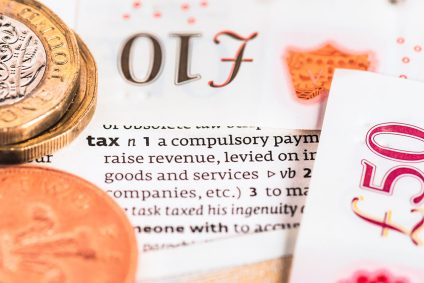Are you considering taking partial retirement?

Following a consultation earlier this year, some significant changes are being introduced to the retirement options for NHS staff, with the aim of retaining skilled and senior members of the workforce.
‘Retire and Re-Join’ was introduced in April 2023 which allowed doctors to retire, draw their NHS pension benefits, and then re-join the 2015 scheme to accrue further benefits if they planned to continue to work. This strategy means members of the 1995 section can enjoy the same facility as those in 2008 section and 2015 scheme. In contrast, if 1995 benefits were drawn under the ‘Retire and Return’ scheme, you were previously unable to accrue any further NHS pension benefits.
‘Retire and Re-Join’ still requires a short break before returning to employment, but the changes have removed the rule which meant that when returning to work, doctors could not work more than 16 hours per week in the first month after retirement.
Partial retirement
From October, the scheme has taken this one step further and introduced partial retirement. This enables members of the 1995 section of the NHS Pension Scheme to access their pension benefits, continue to work, without a break in service and importantly continue to accrue benefits within the 2015 section.
This option is already available for those within the 2008 and 2015 sections but now applies to any 1995 section benefits.
If you are an active member, aged 55 and above, you can choose to take between 20 and 100 per cent of your pension benefits in one or two payments – without having to leave work. However, the main caveat to this is that you must reduce your pensionable pay by at least 10 per cent in the 12 months after drawing 1995 benefits.
In terms of facilitating this reduction, this will need careful planning and discussions with your relevant HR team. These changes are in the process of being implemented, so we have not yet seen a standardised approach across all NHS Trusts at the time of writing.
Looking to apply?
NHS Employers has confirmed the criteria needed to be eligible for partial retirement. A member must:
- have reached their minimum pension age
- be an active member of the scheme
- reduce their actual pensionable pay by at least 10 per cent
- have a change in their terms and conditions of employment to reflect a reduction in pensionable pay. Other terms remain the same.
- have had the previous level of pensionable pay prior to partial retirement for at least 12 months
- expect the new level of pensionable pay to last at least 12 months from the point partial retirement is taken
- not have already claimed partial retirement on two occasions.
Application process
Those applying for partial retirement will need to complete the usual AW8 form, alongside a new supplementary form to accompany their standard retirement application. It will confirm the arrangements agreed with your employer (how you will reduce pensionable pay) and the percentage of pension you wish to take.
This form has only recently been published, but NHS Pensions has stated that applications will be managed swiftly, with applications being backdated to 1 October if necessary.
Also available from 1 October is a new online ‘Partial Retirement Calculator’. This calculator will enable employers and employees to assess how taking different percentages of the pension under partial retirement affects the amount of pension received overall.
Suitability
Partial retirement will offer substantial opportunities for many senior NHS professionals, particularly in terms of accessing their lump sum payment and even more so with the changes to the lifetime allowance following the March budget.
However, as with all financial matters, it is vital to understand your individual position and how accessing the pension (if at all) can affect this. If you are working with a financial planner, it is important to discuss this in detail to ensure that any action is suitable and considers your overall financial position.
Some important things to assess when considering partial retirement are deciding what percentage of your pension to take at partial retirement as this could affect your tax position, what order to crystallise benefits (if you have personal pensions outside of the NHS scheme) and also the impact on future benefit accrual.
You may also need to assess the impact of the McCloud remedy on your pension benefits. A new online ‘McCloud Percentage Tool’ was launched in August to allow those affected by McCloud to see the optimum percentage of pension to take.
Lump sum
Those who do decide to access their 1995’ section pension benefits will also be in receipt of a lump sum. A decision will need to be made with regards to whether you would like to access standard benefits, or maximum, which entitles you to a greater lump sum.
Members without any lifetime allowance protection will be able to access 25 per cent of their pension benefits in a tax-free payment – up to a maximum of £268,275. Those who hold protection schemes such as Fixed, Individual, Enhanced or Primary, may be entitled to a larger sum.
Upon receipt of the lump sum there are of course many options, you may have long-held plans of how to use this cash, whether that is spending it, paying down debt, investing it for future growth or helping loved ones.
Whatever the ideas, it is important that this is discussed in detail with your adviser. The lump sum presents a great opportunity but there can also be some issues to consider when thinking about your broader planning objectives, such as tax and long-term sustainability.
Make sure you have experts on hand to help you navigate the path ahead – after decades of service to the NHS, you deserve to enjoy your retirement, however you choose to spend it.
Call Cavendish today on 020 7636 7006 to hear how we can help.


